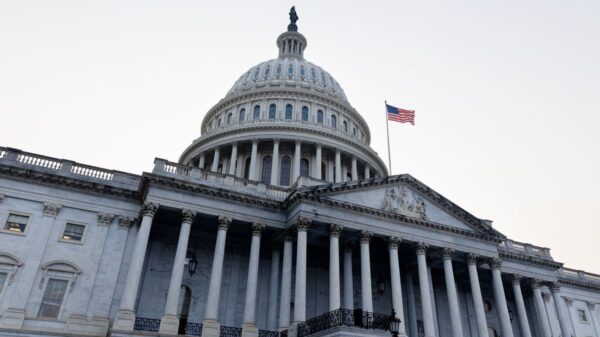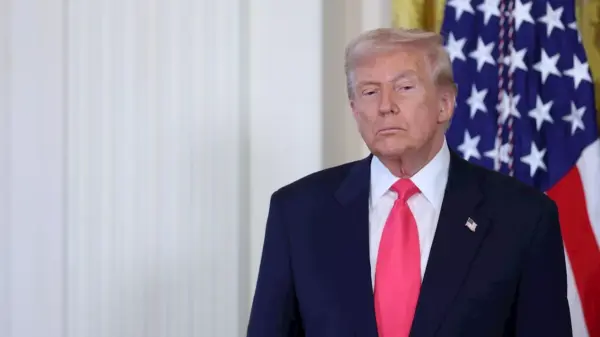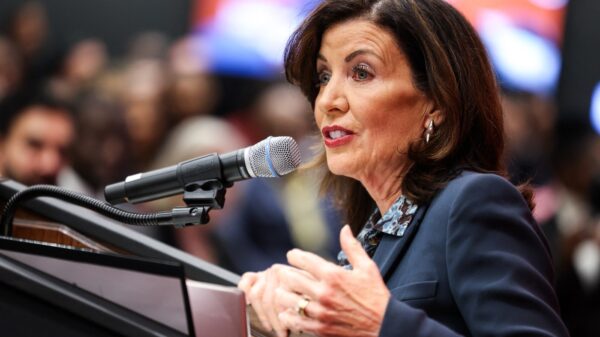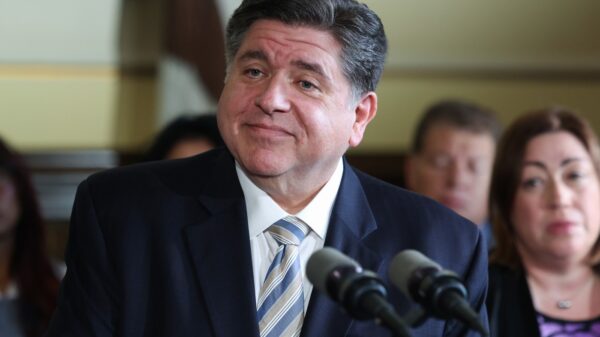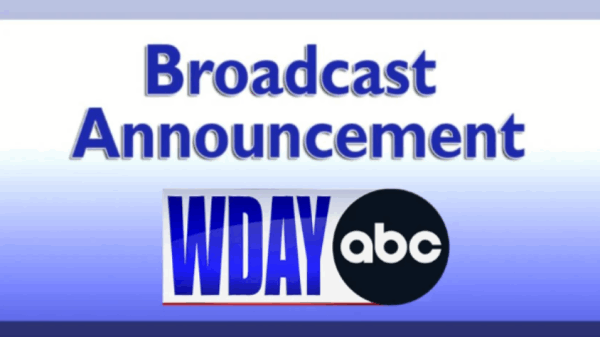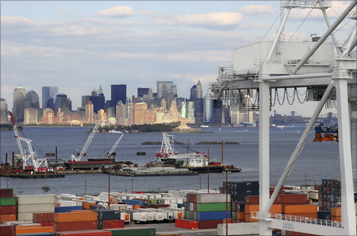Uncertainties in trade and regulatory policies are significantly affecting decision-making among bankers and investors, as highlighted during a recent panel discussion at the American Banker’s Most Powerful Women in Banking conference in New York. Experts expressed their concerns about the ongoing policy shifts under the Trump administration, which they believe are hampering investment strategies.
During the discussion, Meghan Shue, chief investment strategist at Wilmington Trust, emphasized the need for stability in trade policies. She stated, “The time for negotiation has passed. We’ve had enough of that. Let’s set the policy and let businesses actually plan.” Shue pointed out that businesses thrive when they understand the rules, but ongoing changes create a climate of uncertainty that discourages investment.
Her sentiments were echoed by Tasnim Ghiawadwala, global head of commercial banking at Citi. Ghiawadwala noted that clients are hesitant to invest amid fluctuating policies: “Our clients are sort of sitting by and wondering when it’s going to settle down.” He acknowledged the challenges posed by policy changes that affect business decisions, making it difficult for companies to commit to investments.
The regulatory landscape is also a focal point for financial professionals. Amanda Allexon, a partner at Simpson Thacher & Bartlett, shared that she is receiving a growing number of inquiries about deregulatory efforts. “There aren’t that many bank regulatory attorneys out there in the world, but we’ve seen it tick up,” Allexon said, referring to the heightened interest in understanding these changes.
Despite the challenges, there is a sense of cautious optimism regarding potential deregulation. Shue noted that there is “more and more consensus around reducing some of the capital requirement ratios,” which could potentially free up between $10 billion and $15 billion for banks. This shift could help banks allocate capital more effectively, thereby stimulating investment across the sector.
However, the uncertainty surrounding tariffs continues to dampen merger and acquisition (M&A) activity. Shue observed that while there has been an increase in M&A value this year, the volume remains relatively stagnant. She attributed this to smaller businesses being reluctant to engage in transactions due to risks associated with trade uncertainties. “Lower interest rates and a little bit more clarity on the trade front could unlock more of that capital markets activity,” she added.
The panelists agreed that while the deregulatory efforts introduced by the Trump administration are beneficial, there is a need for caution to avoid overcorrection. Ghiawadwala stated, “The trend to sort of soften some of the regulation of the past is hugely welcome,” but warned against dismantling essential safeguards.
Allexon raised a critical concern regarding the reduction in regulatory staffing, revealing that some banks have experienced a decrease in regulatory examination personnel by over 30%. This decline could hinder effective supervision of financial institutions, posing further risks to the banking sector.
Finally, both Allexon and Shue acknowledged the administration’s openness to emerging technologies, such as cryptocurrency and artificial intelligence. Allexon emphasized that while this is a positive development, it is crucial for the banking industry to have clear, actionable rules governing these innovations. “Finding the right balance between decreasing regulation and making sure that everything is appropriately accounted for with respect to these new technologies is really what’s at stake,” she concluded.
As the banking sector navigates these complex challenges, the insights from industry leaders highlight the pressing need for clarity and stability in policies that affect the global financial landscape.

